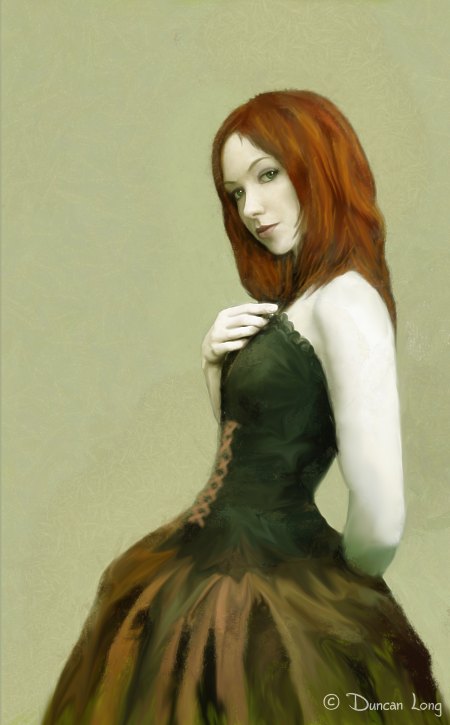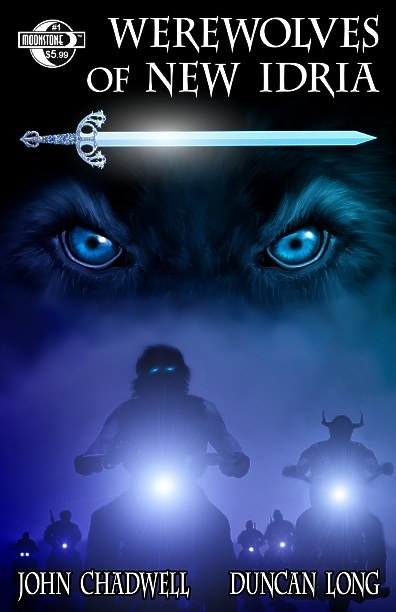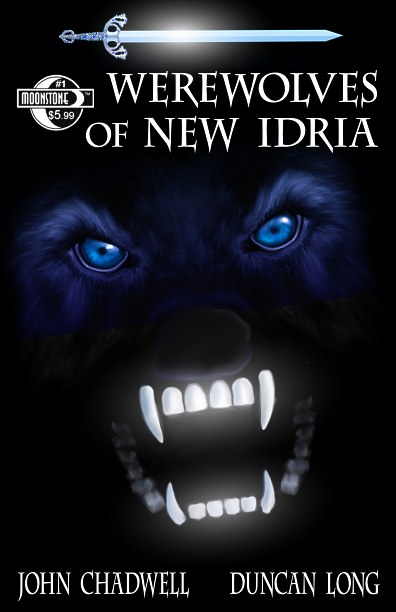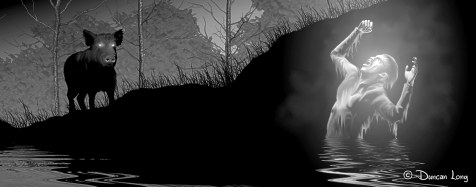Our lives are often made much easier, or much harder, by the quality of design work in the various objects and software we use.
Sadly when it comes to the design of electronic devices, the art of logical layout and design appear to have vanished from the design landscape.
It was not always so.
During the 1950s, everyone from the US Military to car manufacturers did research to see what the most convenient and comfortable layout was for everything from a power switch to the car seat or jet cockpit. This made it possible to pick up something like a radio and knowing that pushing a button or throwing a switch would turn it on, and that clockwise raised the loudness with a volume control, and turning the tuner clockwise took it to higher bandwidths.
If a friend asked you to turn his radio up and you’d never even seen the device before, you could do so without having to read the owner’s manual. It was obvious just by looking which knob controlled the volume, and you knew innately that turning that knob clockwise should raise the volume.
Today, too often their are layers of menus, multi-use buttons, and all the various buttons are often identical regardless of what they do. Perhaps even a tiny poorly lit screen to squint at as obtuse icons appear to confuse things. (In ancient times alchemists wrote incantations in lost tongues; today they apparently design icons and control interfaces.)
Most TV remotes demonstrate amazingly obtuse design. Or, more accurately, demonstrate the worst of design and lack of forethought: On/off buttons where they’re easily hit by mistake, color schemes that defy the eye (especially in low-light conditions), and layout that is done to “look pretty” with no concept of what buttons are most often used. Styling seems aimed at allowing the device to travel comfortably at 200 MPH in a wind tunnel — while not properly fitting the human hand.
My current TV remote is a fine example of inferior design. Even after years of using it, for hours and hours of time, I often inadvertently change channels when trying to mute it, or mute when trying to toggle between channels.
The reason?
The channel select buttons have the mute button below them, and the volume controls have the toggle between stations button below them. This of course makes about every stab at one or the other controls wrong since the mind associates the volume with the mute and the channel select with the channel toggle. It’s as if the designer said, “What’s the worse, most illogical placement for these controls – we’ll go with that.”
On this remote, the most often used buttons are the same size as the seldom used ones, and labeling is dark gray over a slightly less dark gray. The play/stop/pause/fast forward/reserve buttons instead of being placed in a logical line, are spread over two rows with no apparent rhyme or reason in their layout. And they’re toward the lower half of the body of the controller so you have scrunch up your hand to use them, while the rarely if ever used buttons are handily placed at the top of the unit.
I could go on and on about this remote. It should be the first thing a university design class would trot out for what not to do. Instead, I can imagine a professor lecturing his class about how elegant and simple its design is.
Unfortunately this remote is the norm rather than the exception with today’s technology.
In the 1950s, form followed function. Technology was a joy to use because it just worked without the need to read a manual to see how to run a tool.
Today, more likely than not, there may be no hint as to what this or that control does. And upon reading the manual (often written in a foreign land where encrypted English is the second language) you’re just as likely as not to discover that something simple like raising the volume can only be accomplished by pressing button two while holding button three and four and clicking your heels three times.
With too much of today’s design work, form no longer follows function. Rather, form dictates malfunction.
=====================
When not cursing the remote for his TV, Duncan Long works as a freelance book cover illustrator for HarperCollins, PS Publishing, Pocket Books, Solomon Press, Fort Ross, and many other publishers and self-publishing authors. See his cover illustrations at: http://DuncanLong.com/art.html
=====================





